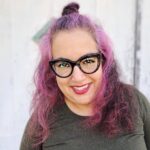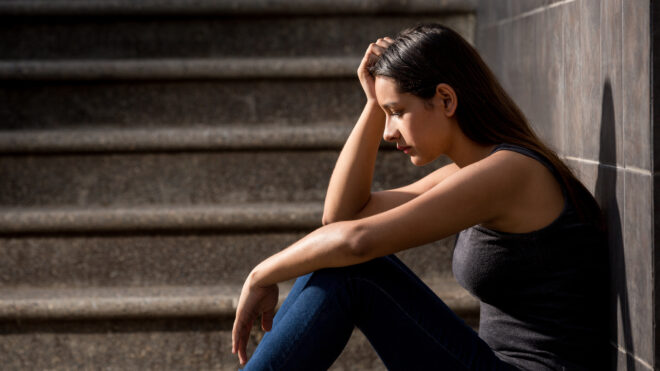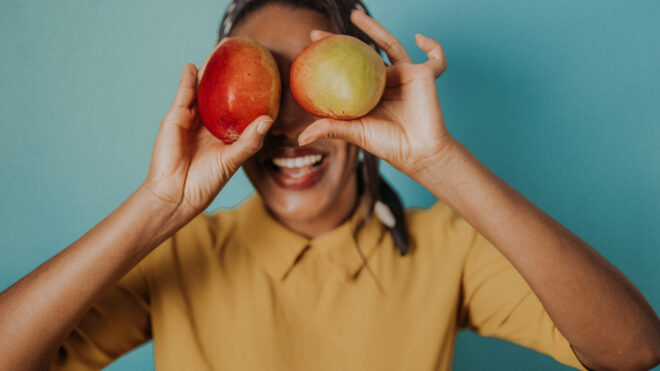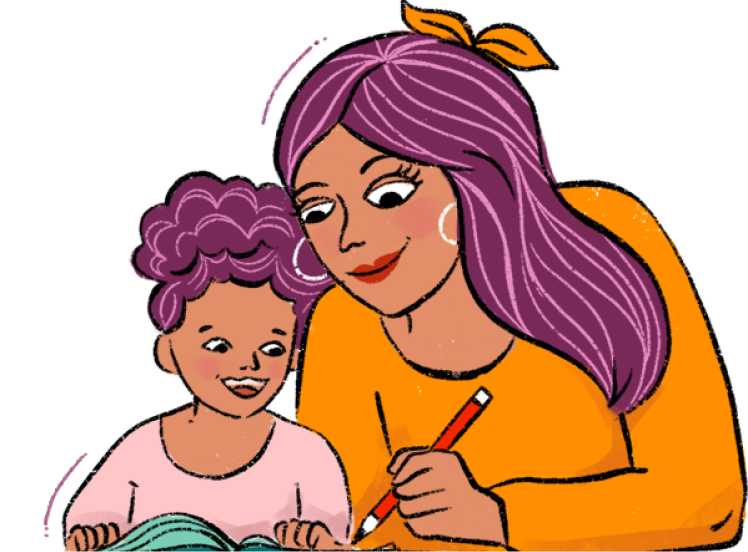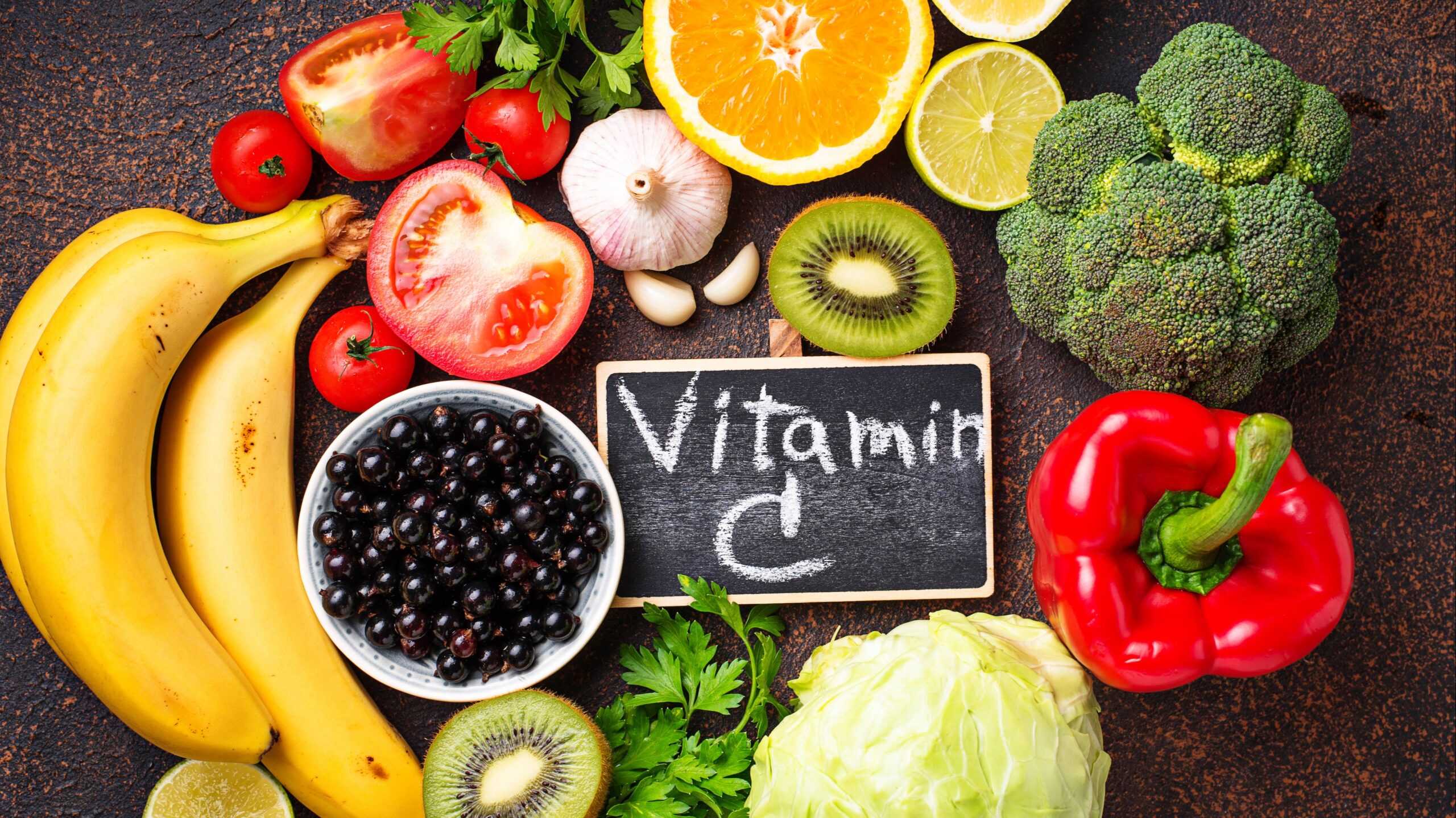
Vitamin C gets a lot of great press, especially during cold and flu season. But should you believe the hype? Yes, you totally should. Vitamin C is essential for all of us and not just during peak cold and flu season, either. It helps your body do things it needs all year long, like protecting your cells from damage, producing collagen, and it may even reduce the risk of certain types of cancer. This is why you should always make sure that you and your children are getting enough vitamin C all year. What's enough? The United States Food and Drug Administration recommends a daily intake of 50 mg for infants through 12 months, 15 mg for children 1 through 3 years old, 90 mg for children and adults over 4 years old, and 120 mg for pregnant and lactating women.
More from MamásLatinas: Herbs that will help boost your mood
And what about the cold and flu season thing? Does vitamin C help keep you healthy when viruses are running rampant? Well, it may. Vitamin C won't stop you from catching a cold, but there is evidence that if you are getting enough vitamin C before getting sick, it can shorten the length of the cold and make symptoms milder. But—and this is a big but—it only works if you've been getting enough vitamin C before catching a cold, not once you've already caught it.
The human body does not produce vitamin C on its own, nor does it store it for later use, which is why you need to get it daily from outside sources. You could take a daily vitamin C supplement to meet your needs. But better yet, you can easily get up to 200 mg—what some experts consider the optimal amount—of it a day by eating five servings of a variety of fruits and vegetables that contain it naturally.
If you're worried about consuming too much vitamin C, the upper limit according to the Mayo Clinic is 2,000 mg a day. That's a lot, and unless you are popping mega doses of the stuff, you're not likely to hit that limit. And if you are getting it through your diet naturally, you aren't just getting the benefits of vitamin C, you're also getting all the other benefits that come from eating enough fruits and vegetables.
Cantaloupe can potentially provide you 30% of your DV.

Just a half a cup of refreshing cantaloupe melon is enough to provide more than 30% of an adult's daily vitamin C requirement, so you'll need even less for a kiddo. If yours won't eat it straight, try whipping up a yummy shake in a blender with fresh cantaloupe, a splash of milk, and some ice.
Bell peppers can potentially provide you 106% of your DV.

A half a cup of raw red peppers will give you 106% of your recommended daily value (DV) of vitamin C. Since red, yellow, and orange bell peppers are just ripe green bell peppers, you can choose any color you like. Some will have higher concentrations of vitamin C, but they're all good for you.
Broccoli can provide you with 57% of your recommended DV.
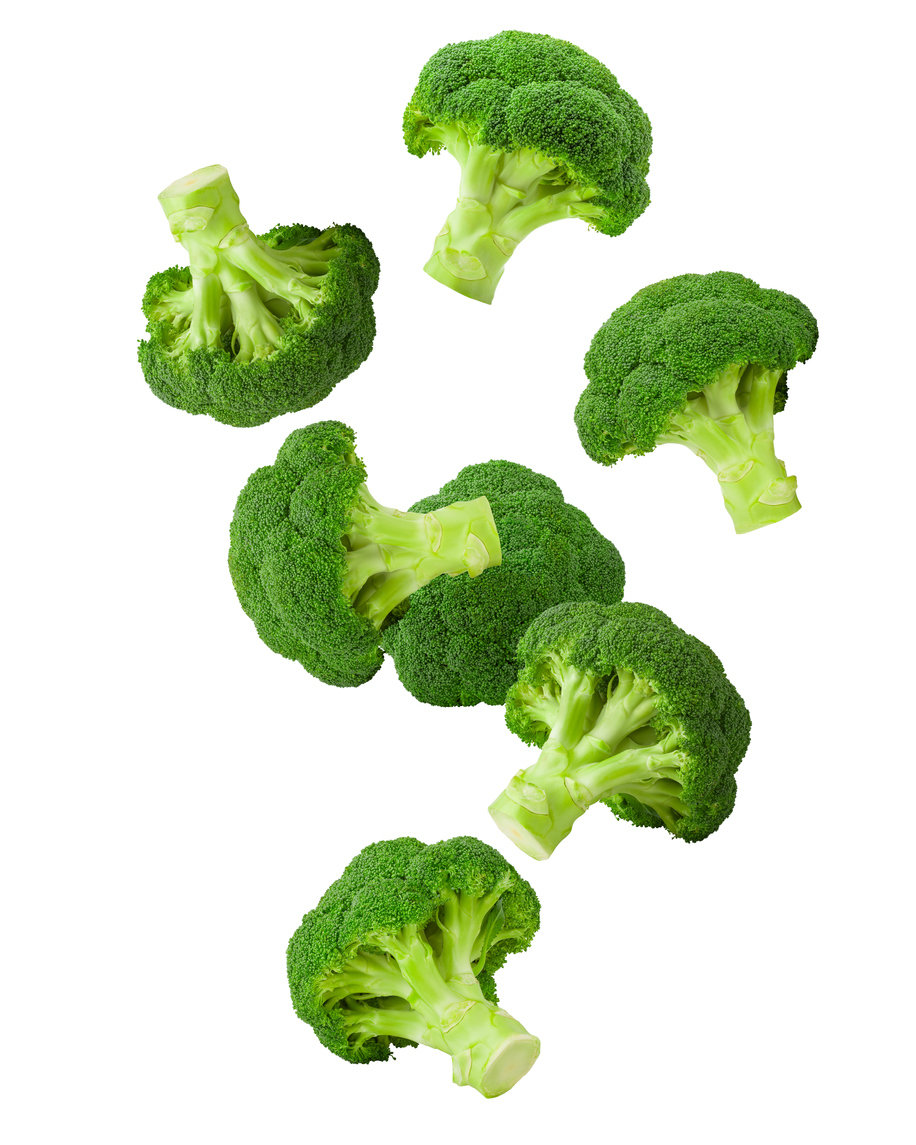
Half a cup of cooked broccoli will provide you with 57% of your recommended DV of vitamin C. Keep it easy and steam it to serve as a side or you can eat it raw for 43% of your recommended DV. Either way, it's good for you and you probably already have it as part of your diet.
Brussels sprouts can provide you with 53% of your recommended DV.
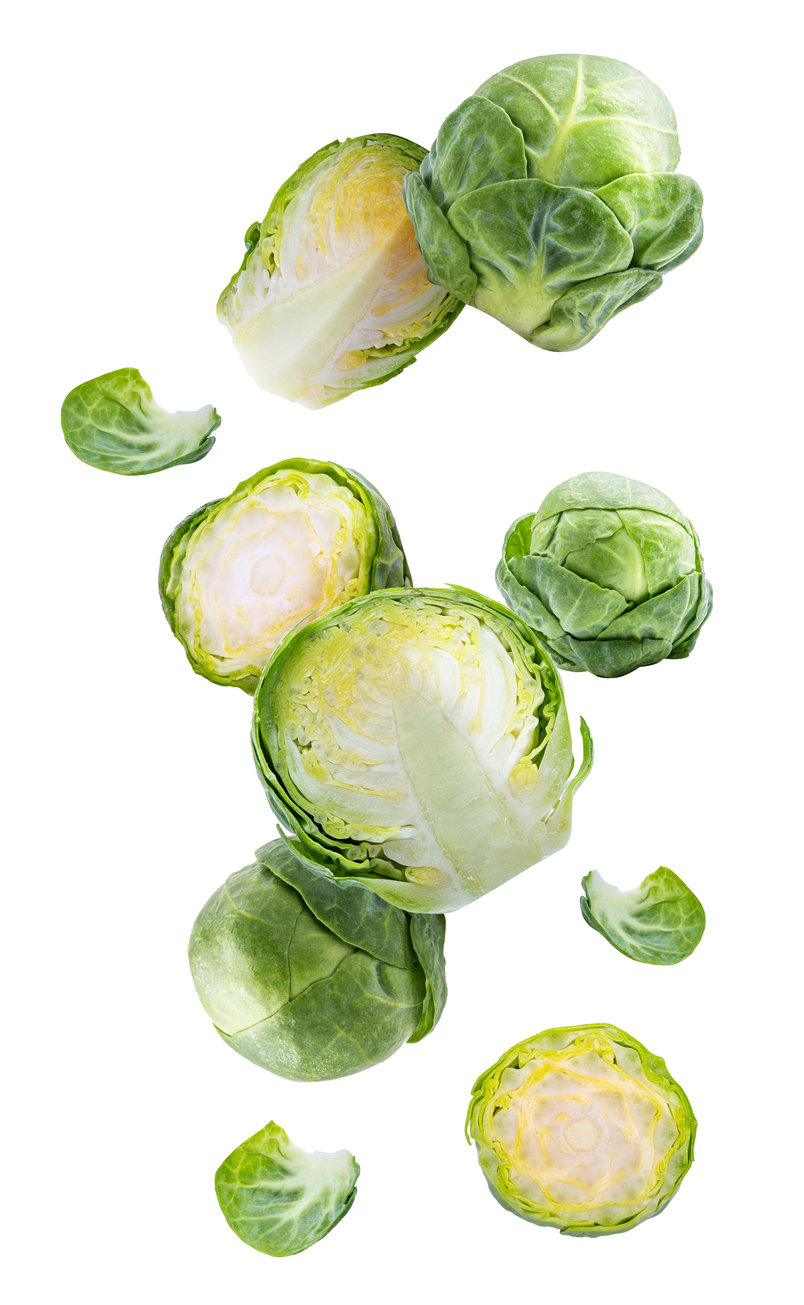
Half a cup of cooked Brussels sprouts will give you 53% of your recommended DV. A lot of people claim not to like them, but if you haven't had them in a while, give them another chance. There are so many different ways to prepare them that sometimes it's a matter of just finding a recipe that you like.
Cabbage can provide you with 31% of your recommended DV.
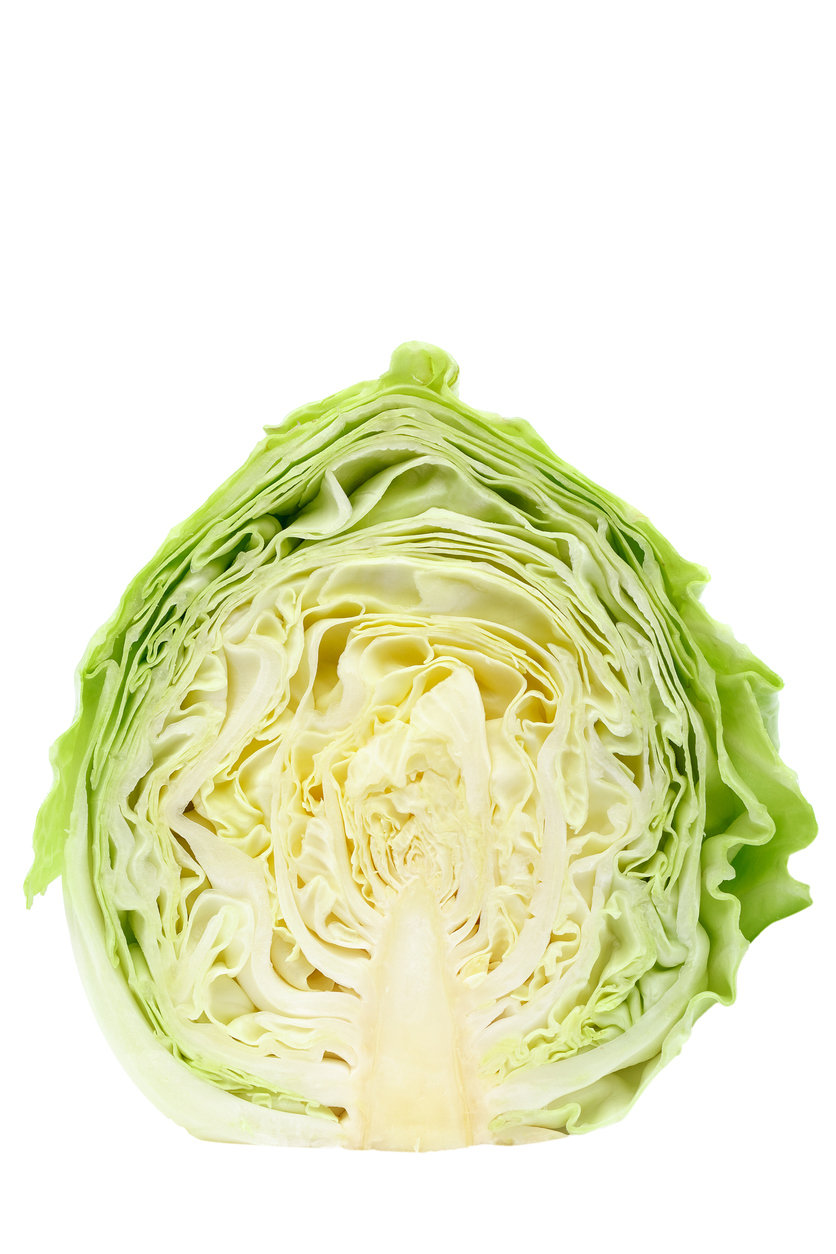
It only takes half a cup of cooked cabbage to get 31% of your daily dose of vitamin C. In its raw form, you can use it to make cole slaw, shred it for a salad mix, or put it on fish tacos. It's great in soups, too.
Cauliflower can provide you with 29% of your recommended DV.

It only takes half a cup of raw cauliflower to get 29% of your recommended dose of the big C. For the most part, foods tend to have a higher concentration of vitamin C when they are raw, but steaming them instead of frying might help retain more of the good stuff if you just don't like certain things raw.
Chili peppers can provide you with 121% of your DV.
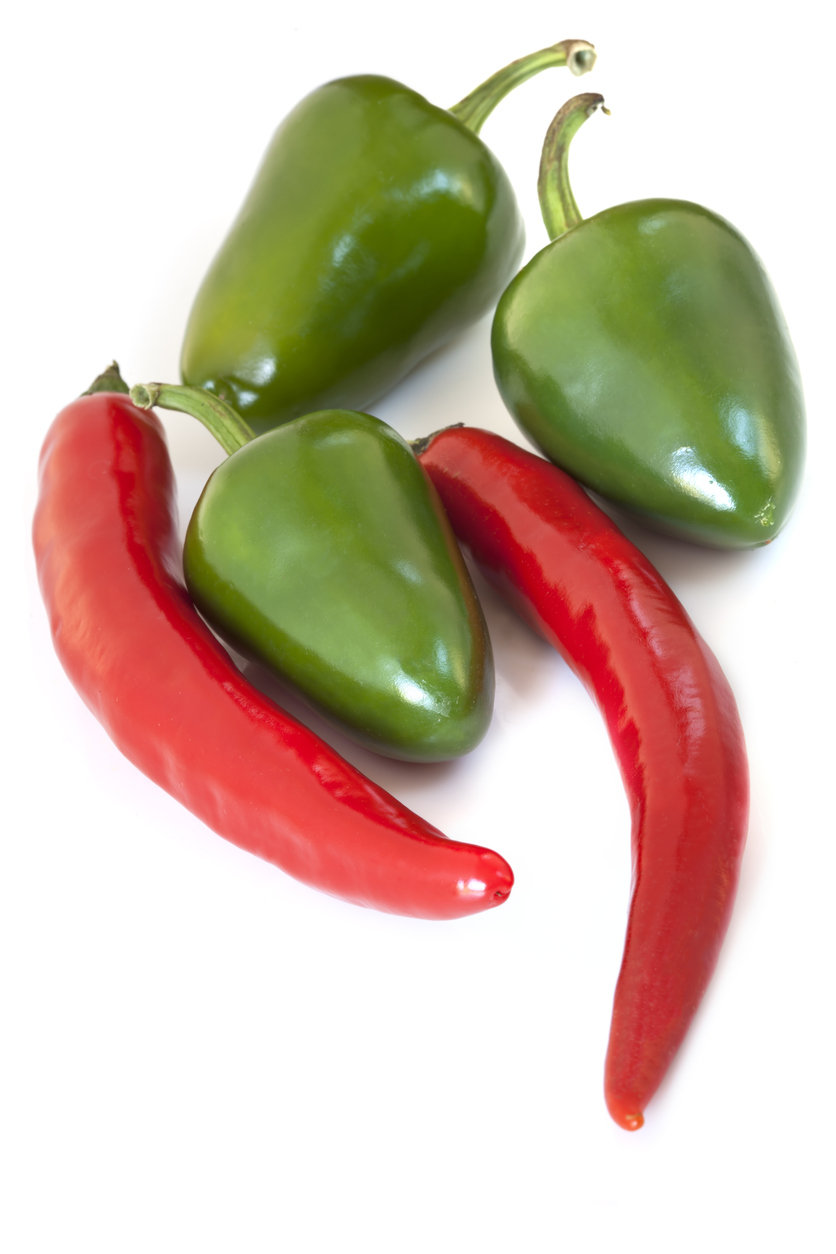
Good news for lovers of heat. Hot chili peppers are rich in vitamin C. One raw spicy green pepper can give you 121% of your recommended DV. The thing is that most people don't eat raw hot chilis by themselves, but that's OK. You can make a salsa with them and eat them that way.
Grapefruit can provide you with 43% of your recommended DV.
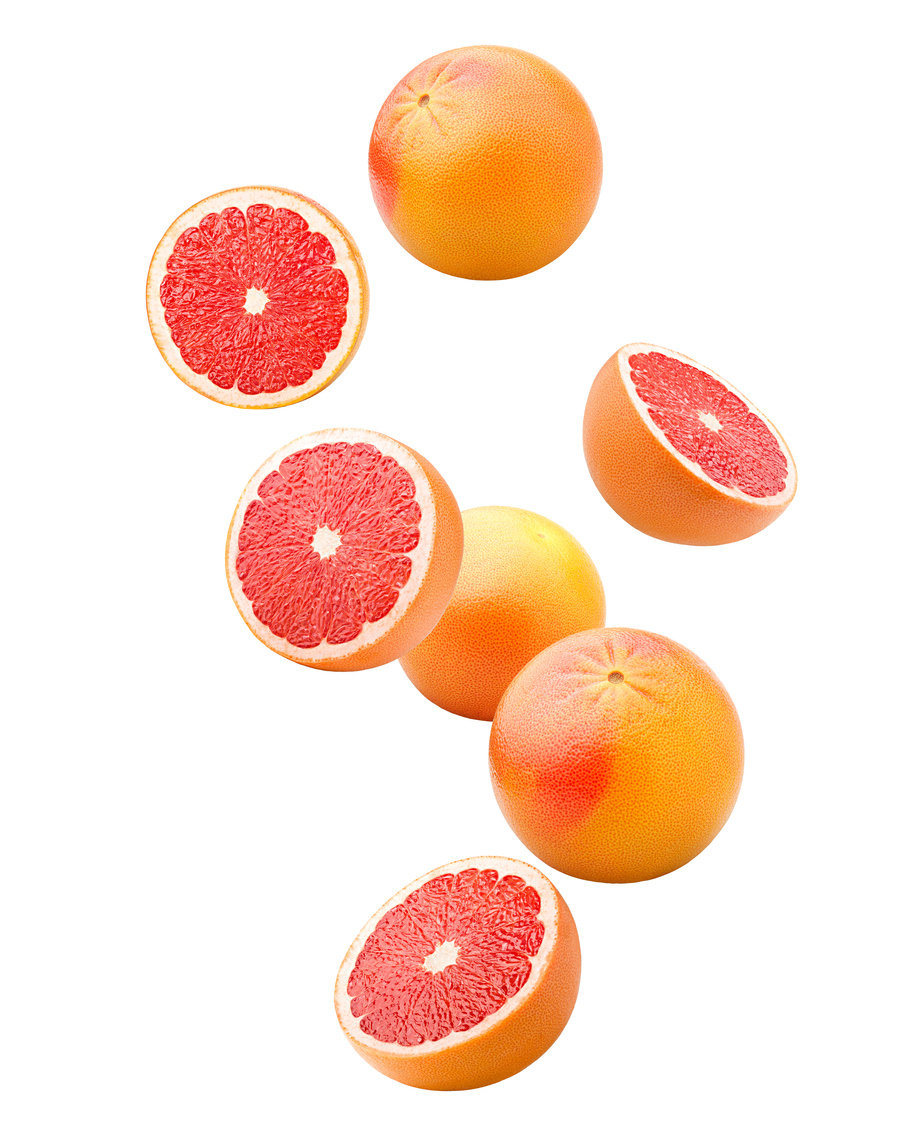
Half a grapefruit packs quite the punch of vitamin C providing you with 43% of what you need for the day. You can have it for breakfast, slice it up and put it in a salad, or juice it. If grapefruit just isn't your thing, don't force it. There are plenty of other options to choose from.
Guava can provide you with 413% of your recommended DV.
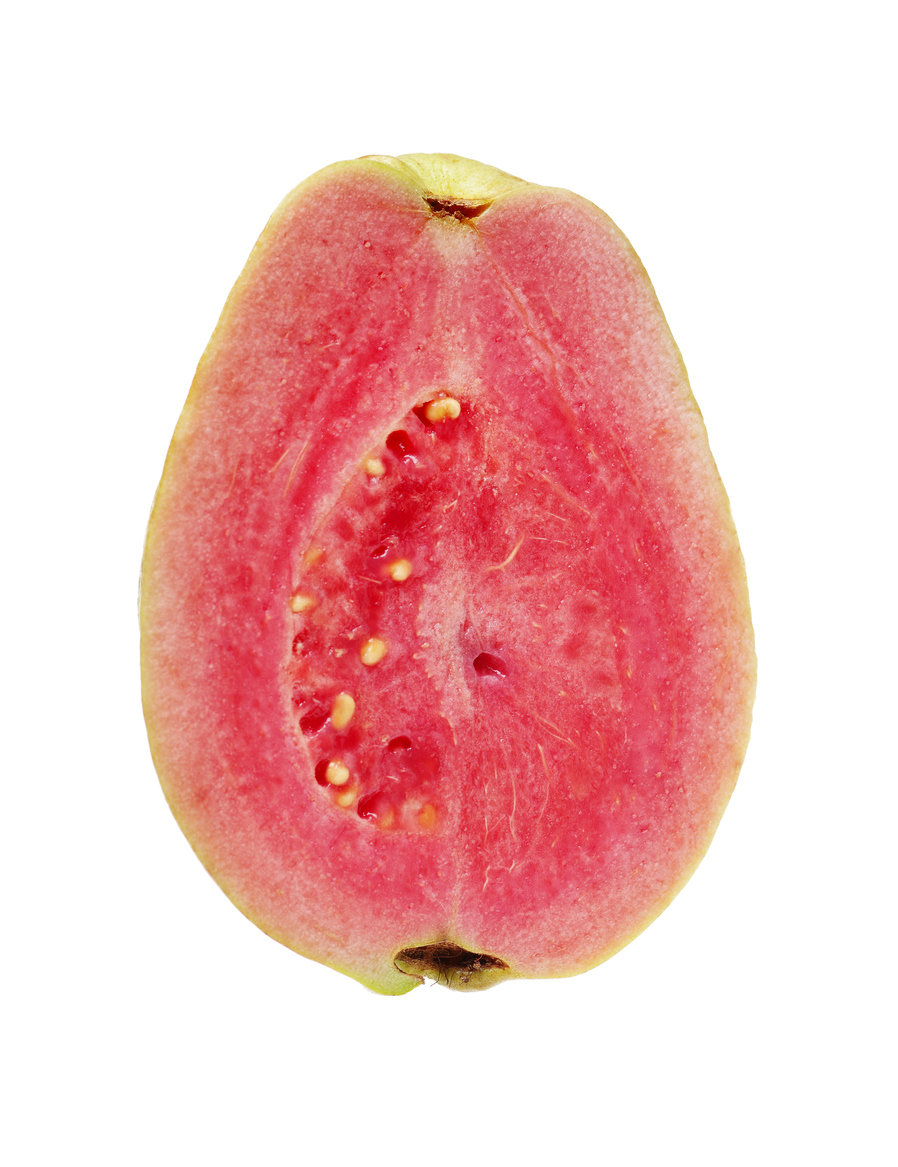
All hail the mighty guava! One cup of raw guava goes above and beyond by providing you with 413% of your DV. The fruit is clearly a vitamin C dynamo. Eat it! Put it in a smoothie! Get that goodness into you!
Kale can provide you with 89% of your recommended DV.
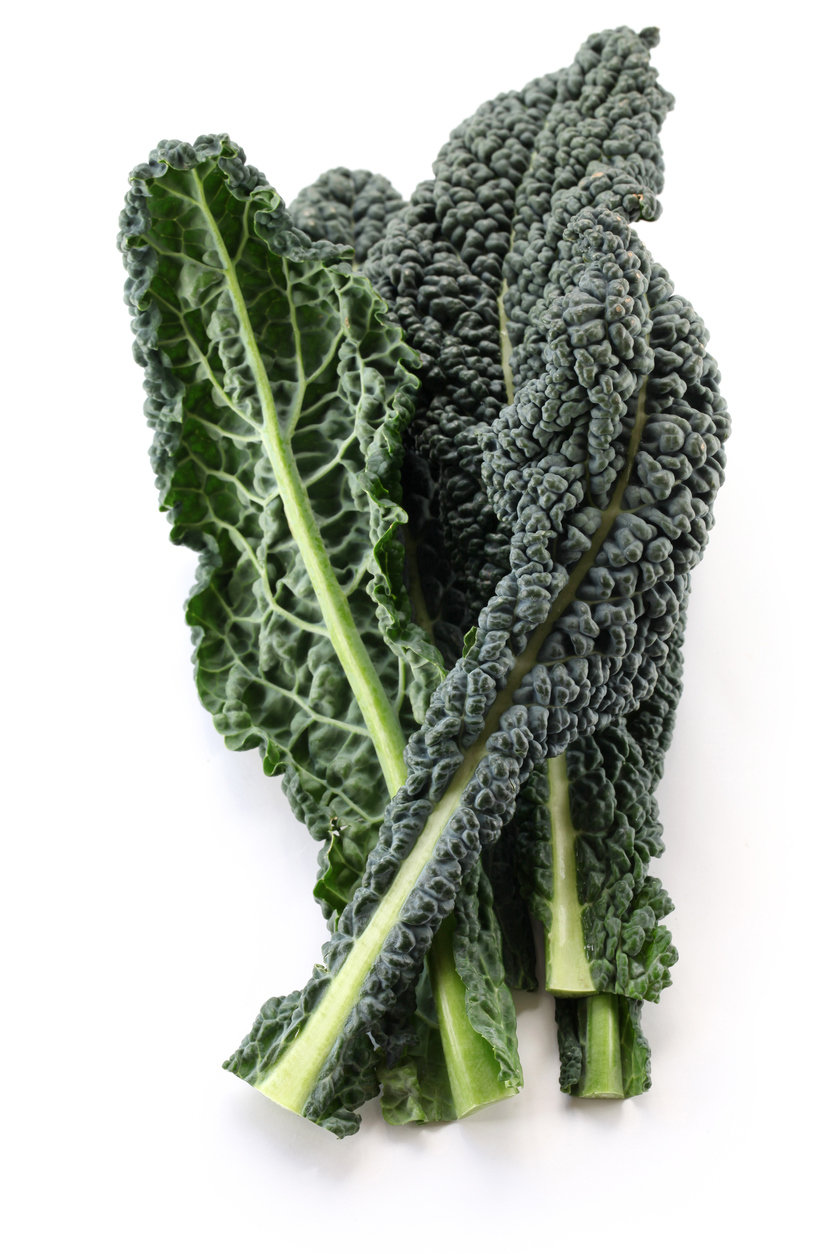
One cup of chopped raw kale will give you 80 mg of vitamin C. If you're not a fan of eating it on its own, shred it and add it to other greens for a salad. You can also add it to a smoothie. Or add it to an omelette. Remember that the amount of vitamin C does go down when most fruits or veggies are cooked.
Kiwi can provide you with 71% of your recommended DV.
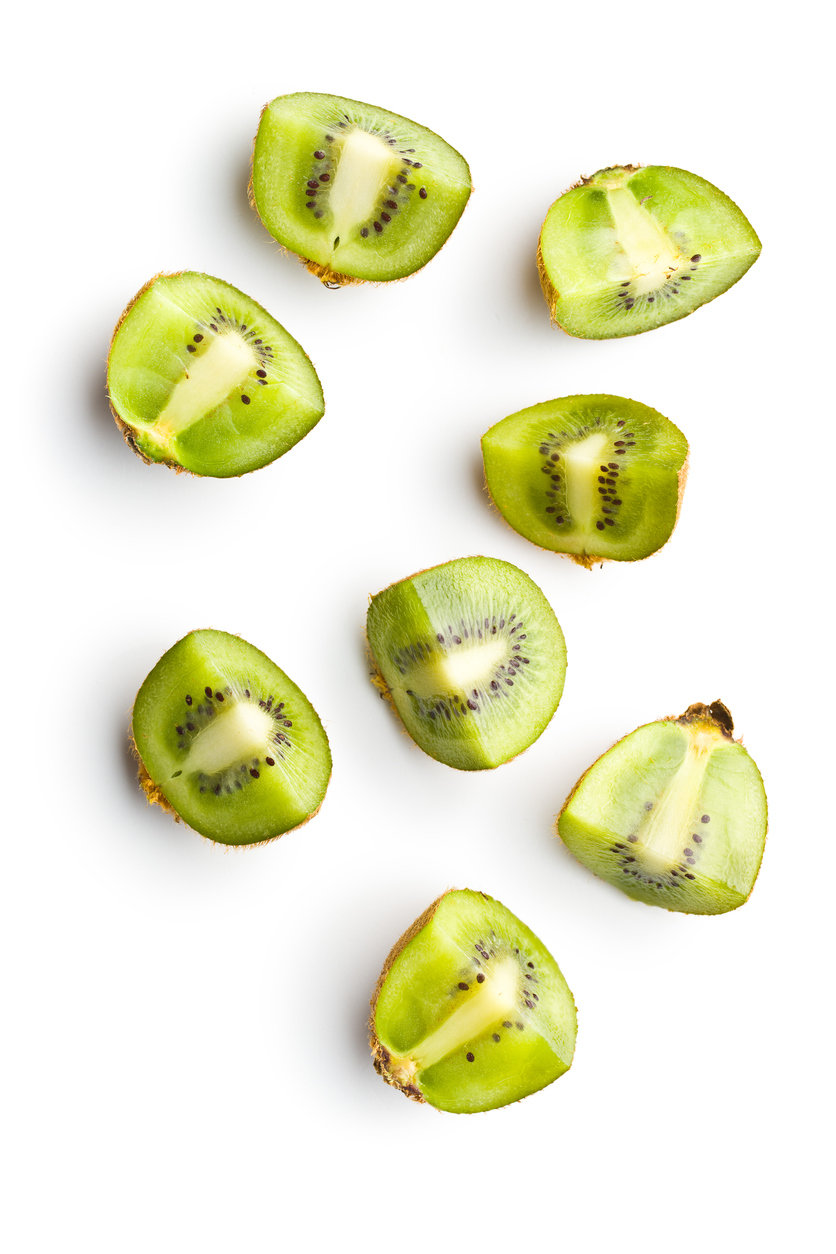
A medium sized kiwi has 70 mg of vitamin C. Well done, kiwi! Eat them as is, add them to a salad, or put them in a smoothie. If you've never had one, what the heck are you waiting for? It's time to get your kiwi on!
Lemons can provide you with 49% of your recommended DV.
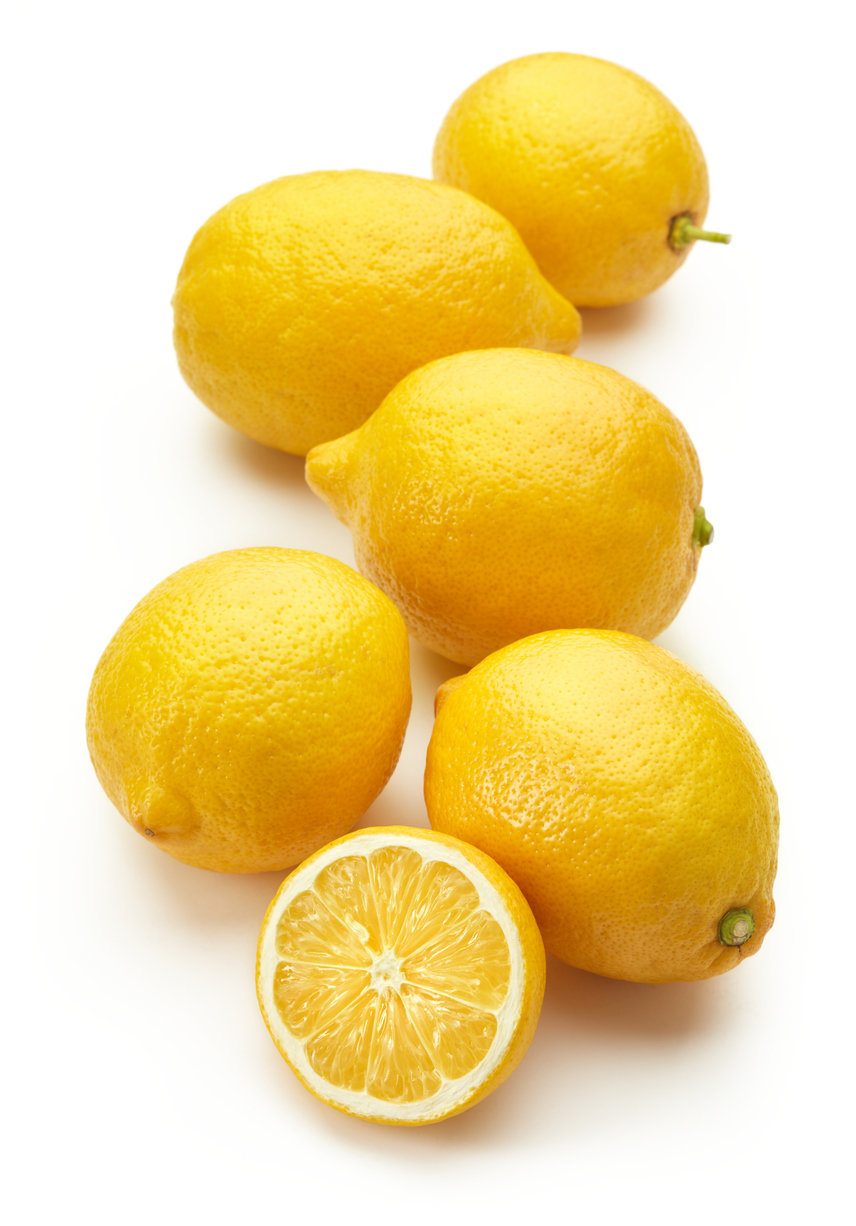
When life gives you lemons, be grateful because they are good for you. One lemon has 44.5 mg of vitamin C. You don't really need us to tell us how to use them, but we've got ideas. Squeeze them on your steak, add some to your soup, put them on fruit with a bit of chili powder. Make drinks with them, mix them into a salad dressing, add them to your tea, and the list can go on and on.
Oranges can provide you with 78% of your recommended DV.
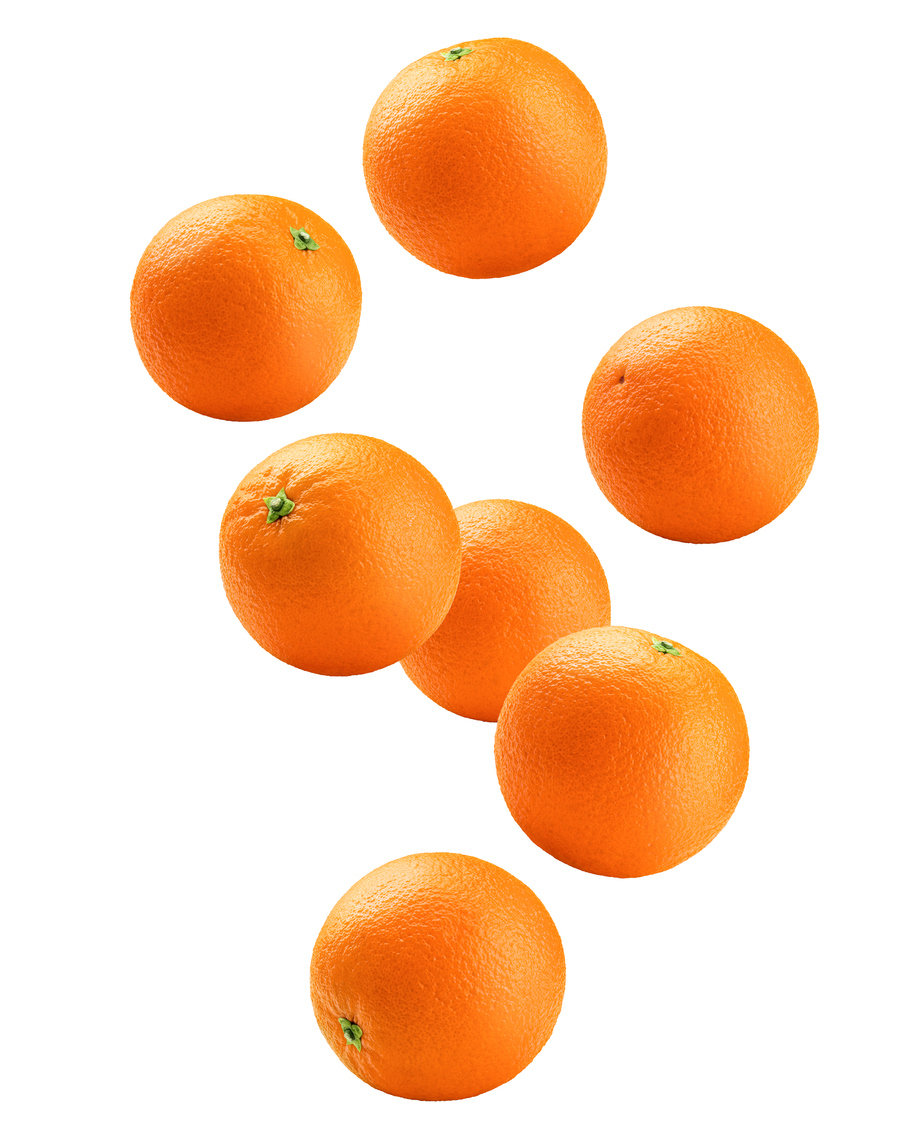
Orange is the obvious go-to for your vitamin C needs and for good reason. Just one medium-sized orange provides 70 mg of the vitamin. If you would rather have orange juice, 3/4 cup gives you 103% of your recommended DV.
Mangoes can provide you with 66.7% of your recommended DV.

Mangoes are a magnificent source of vitamin C. One cup of raw mango has 60.1 mg of the vitamin. Mangoes are delicious on their own, but can also be used to make chutney or smoothies.
Papayas can provide you with 106.2% of your recommended DV.
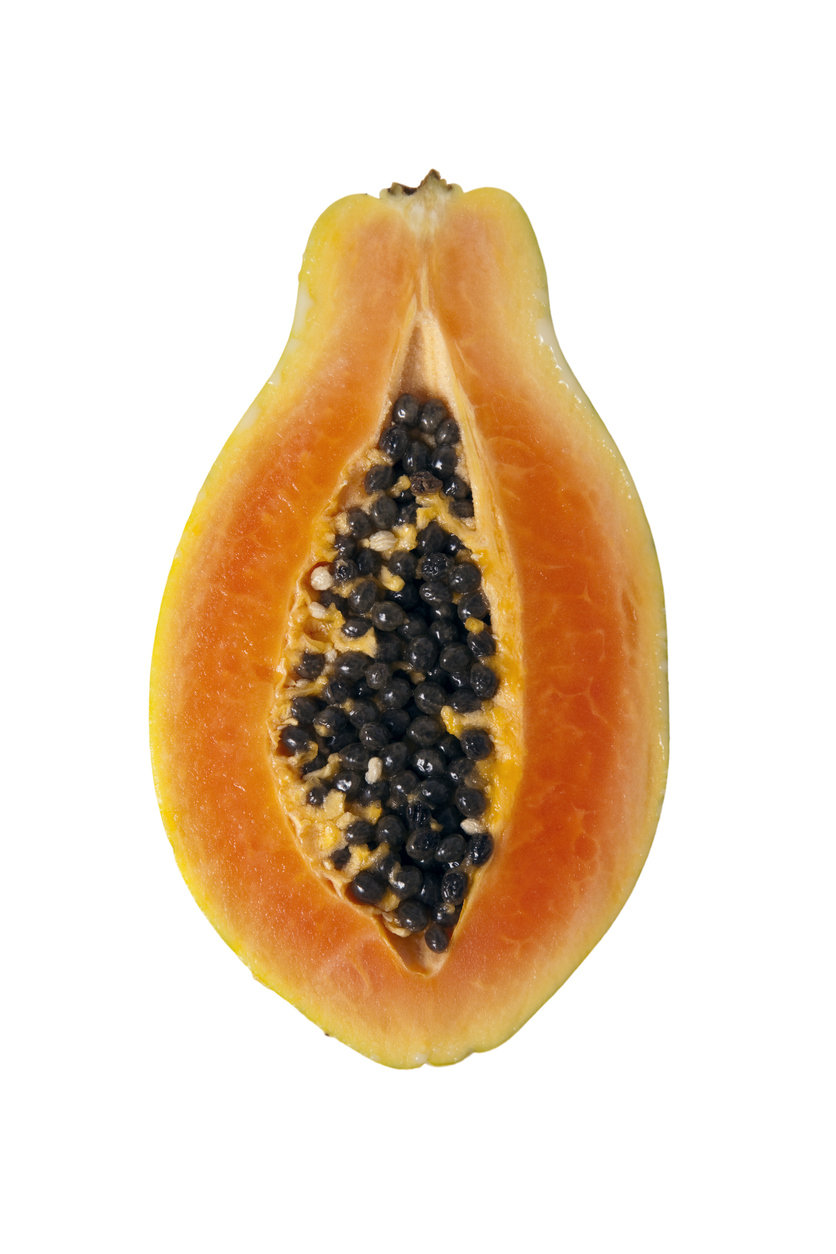
Papaya power to the rescue! One small papaya has 95.6 mg of vitamin C. This Mexican fruit is ready to give your immune system quite the boost. Serve it fresh or blend it into a smoothie for the kids.
Peas can provide you with 9% of your recommended DV.
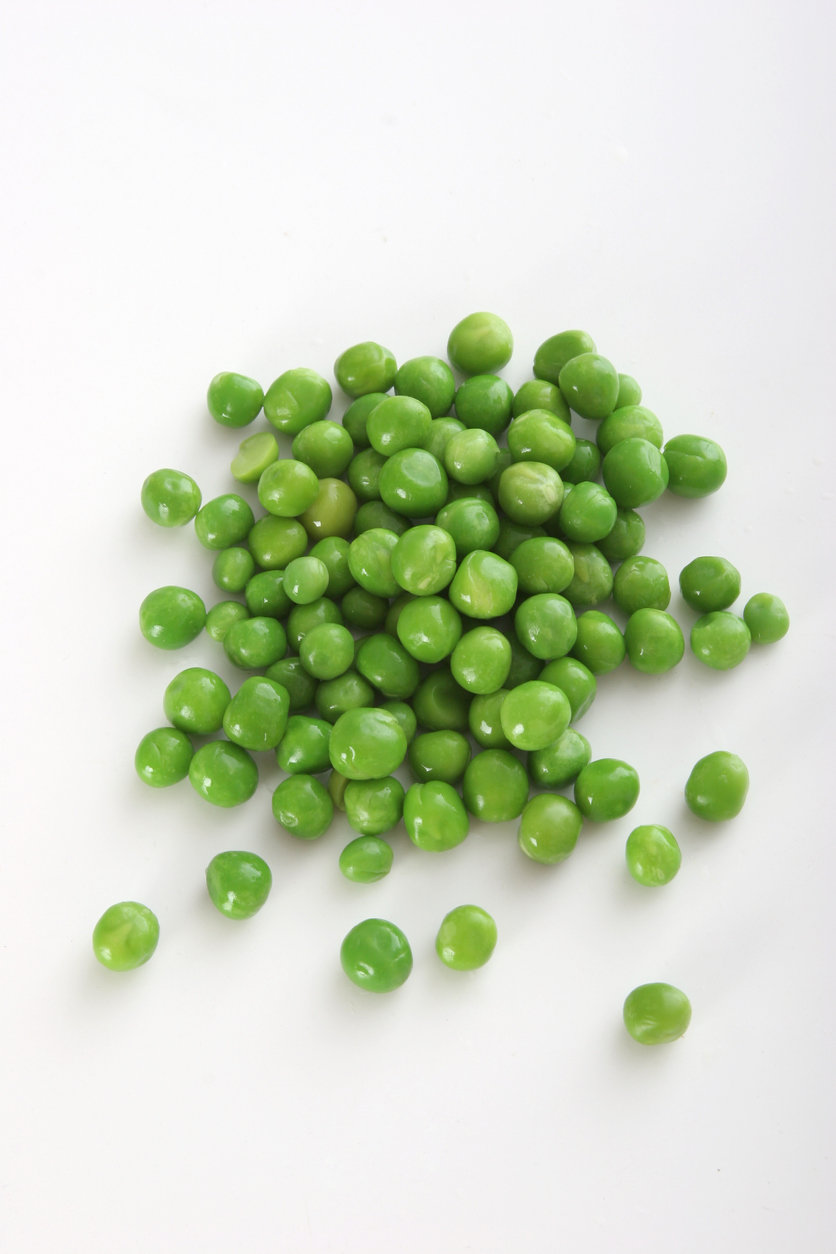
If you're thinking that 9% isn't anything to boast about, remember that you don't have to get all of your vitamin C for the day from just one food item. The more of the fruits and vegetables that you consume from this list, the greater your chances are of never falling short. Half a cup of green peas added to your rice or soup can help you reach your goals.
Potatoes can provide you with 19% of your recommended DV.
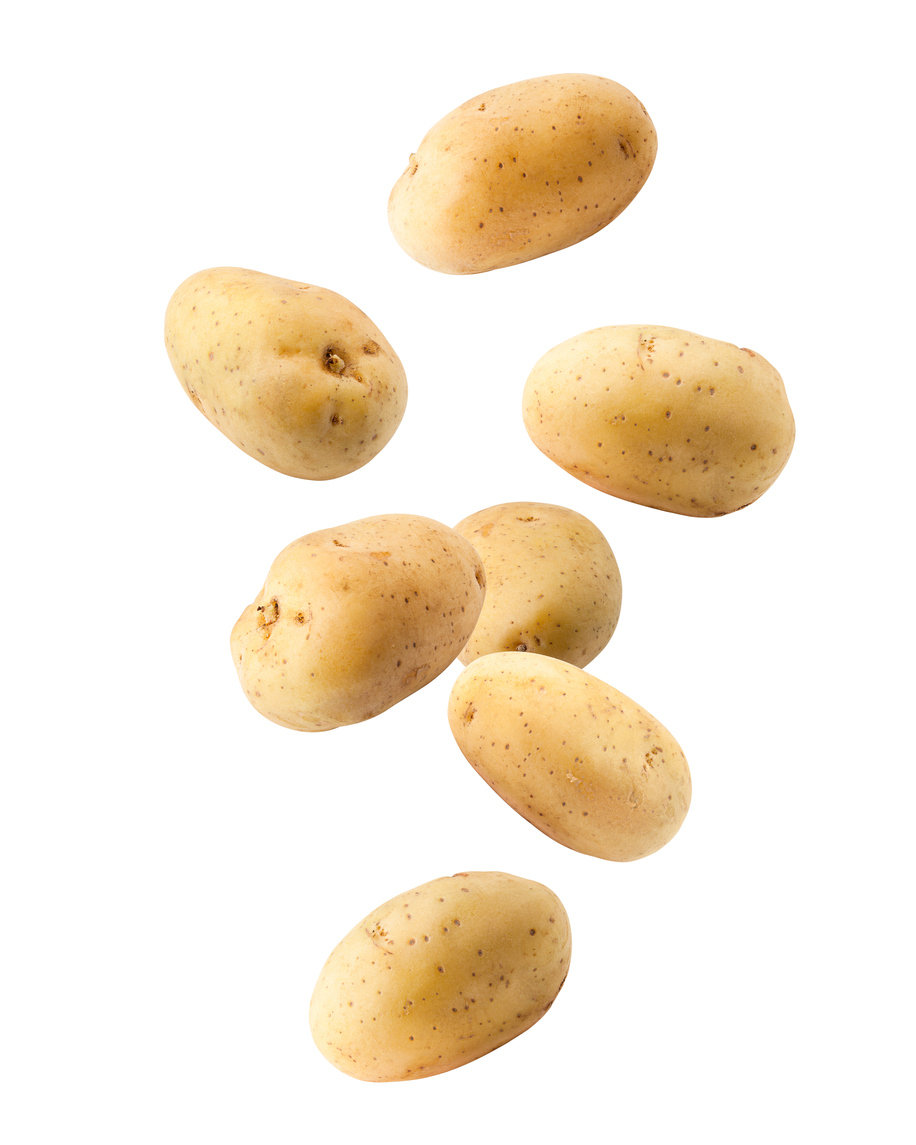
One medium-sized baked potato has 17 mg of vitamin C. Not too shabby. We're not recommending french fries because they're fried and it's best to keep friend foods to a minimum, but you can make oven-baked "fries" instead. Or you can add potatoes to your soups.
Spinach can provide you with 10% of your recommended DV.
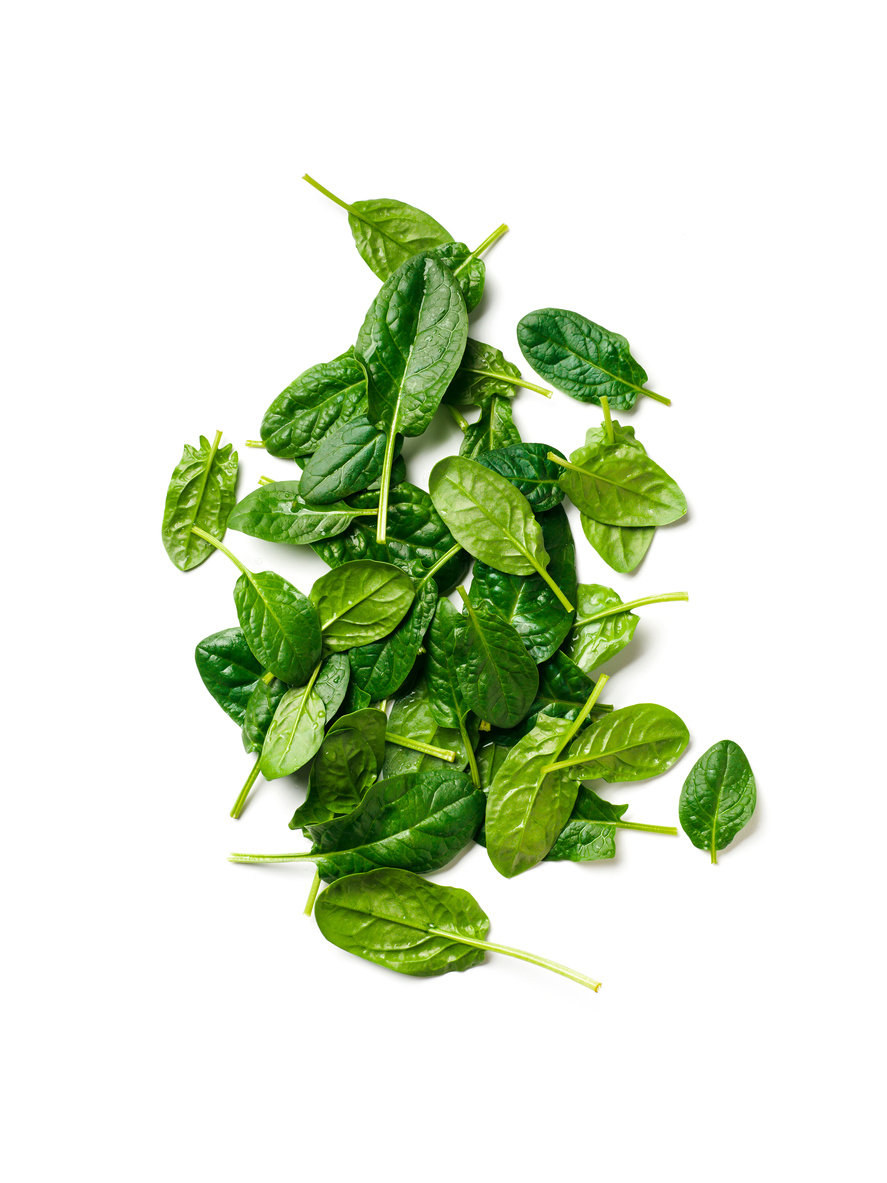
Most people probably don't associate spinach with vitamin C, but we're here to tell you that 1/2 cup of cooked spinach has 9 mg of vitamin C. Nice! Next time you order pizza, add spinach as a topping. Or add a handful to your scrambled eggs.
Strawberries can provide you with 54% of your recommended DV.
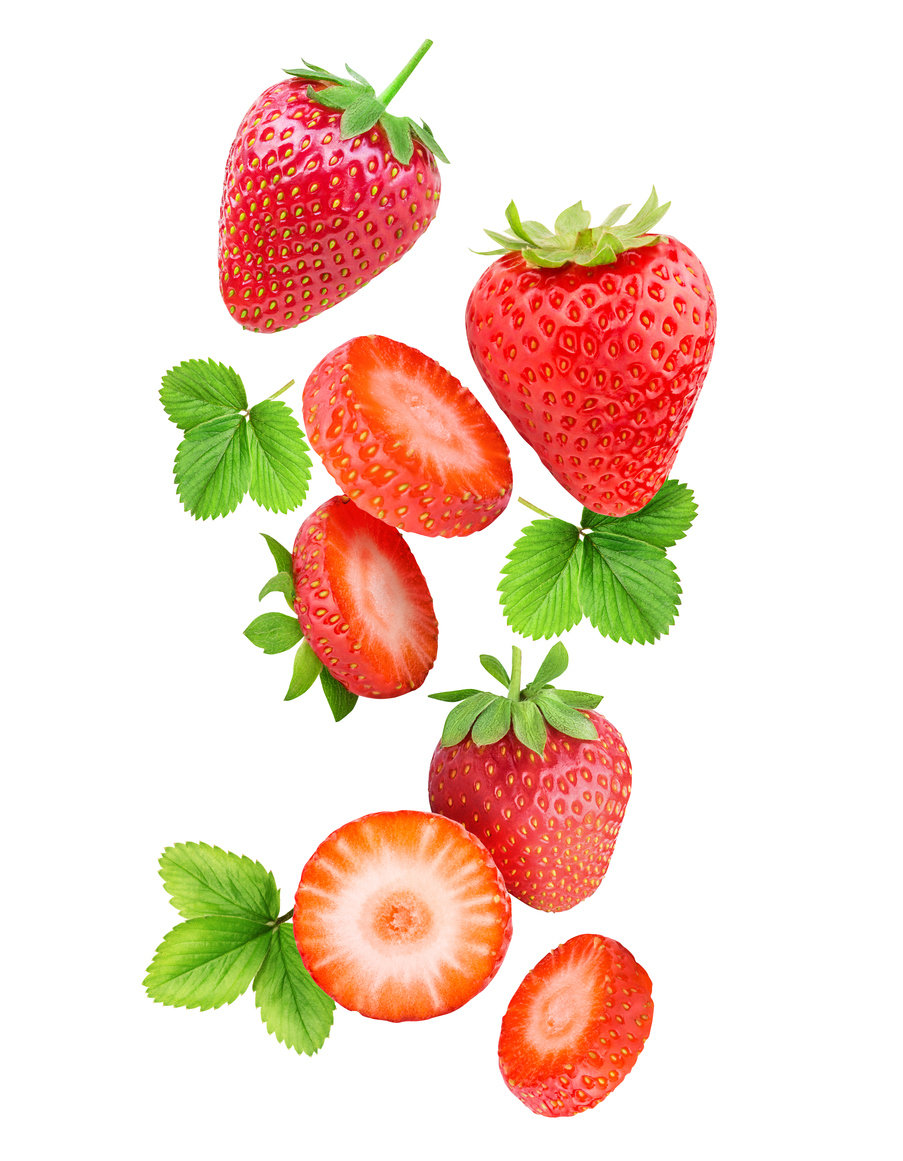
Half a cup of fresh sliced strawberries has 49 mg of vitamin C. Remember that when you buy them fresh, they don't last long. If you aren't going to eat them up quickly, freeze some of them to add to smoothies or use as edible ice cubes in glasses of water.
Sweet potatoes can provide you with 65% of your recommended DV.
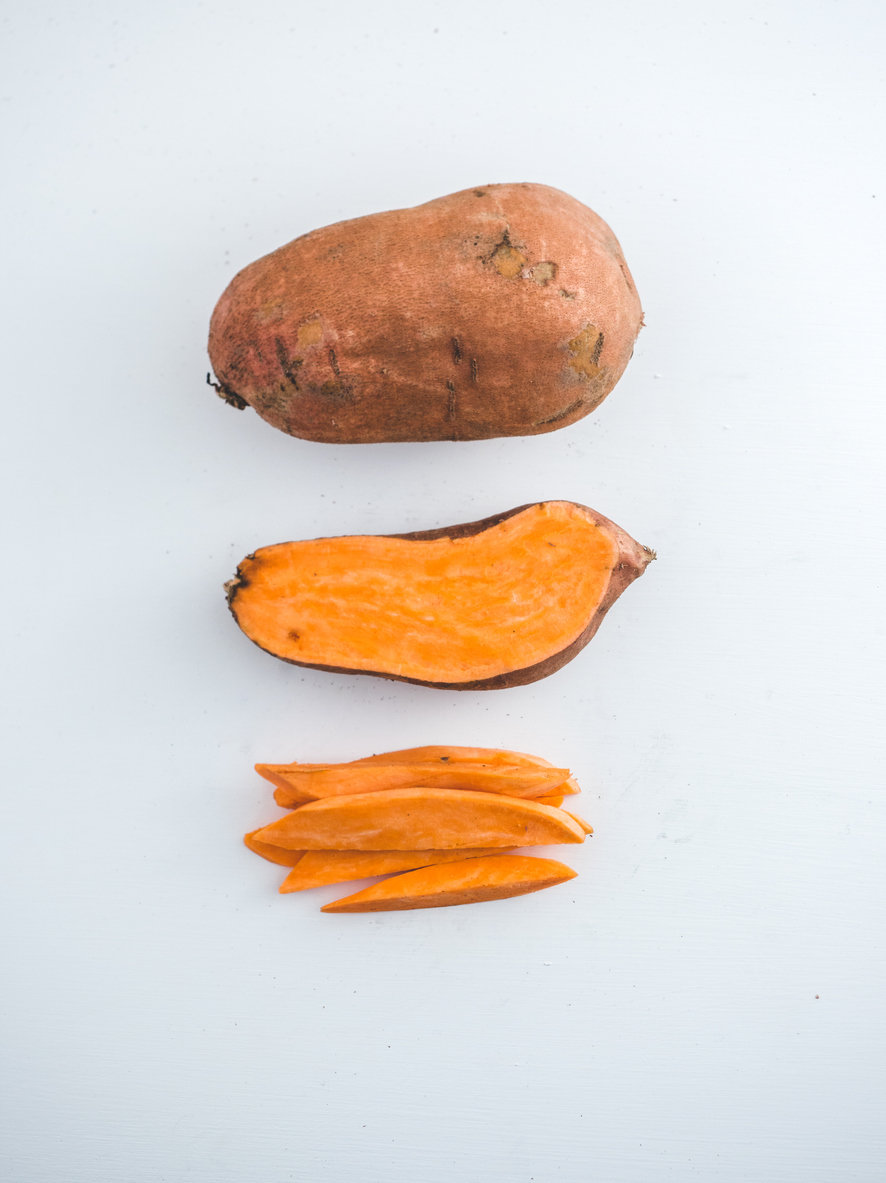
One cup of sweet potato baked with the skin will give you 65% of the vitamin C you need for the day. They also have fiber that is good for your gut health. And they taste like dessert. What more do you want?
Tomatoes can provide you with 19% of your recommended DV.
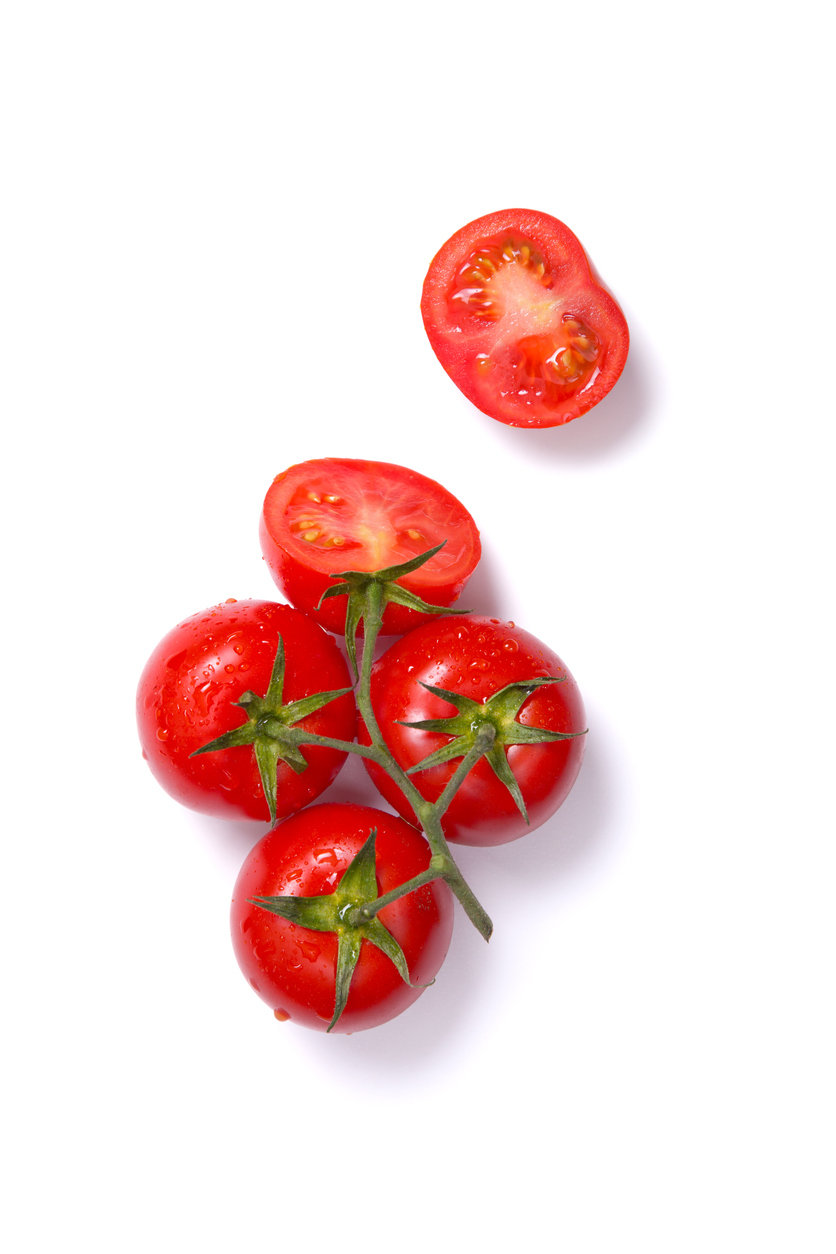
One medium-sized tomato has 17 mg of vitamin C. Chop up a bunch, add some onion, cilantro, and spicy green pepper to make a vitamin C-rich salsa fresca. Remember: one spicy green pepper has 121% of your DV of vitamin C.
Parsley can provide you with 133% of your recommended DV.
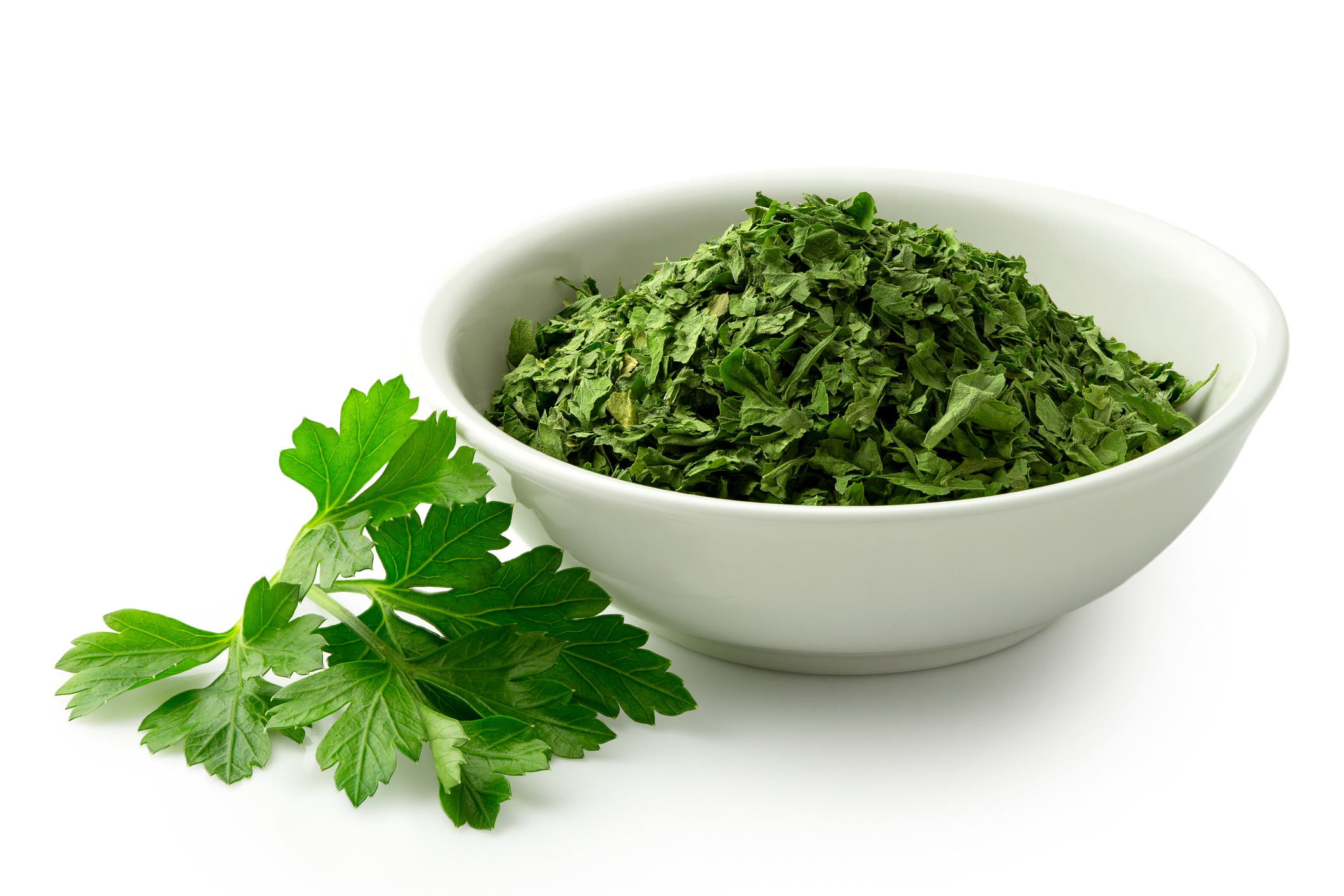
One cup of parsley has about 133% of the recommended daily value of vitamin C. Granted, you probably aren't going to munch on a whole cup of parsley, so add it to your salads, smoothies, pizzas, or soups to take advantage of its vitamin C punch.
